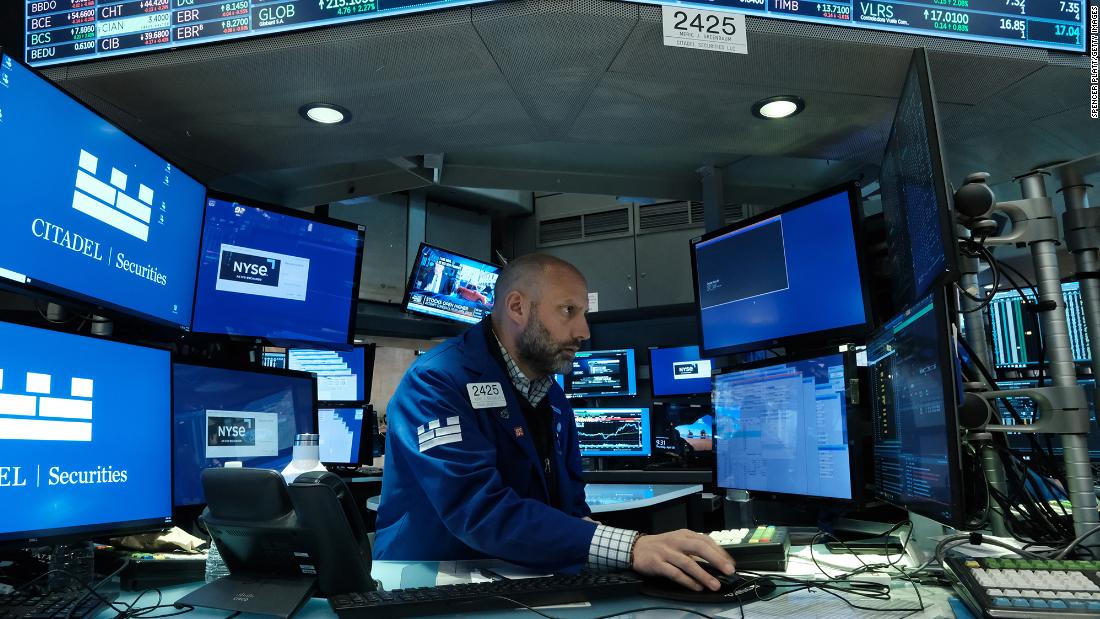
The S&P 500 shed about 3.6% on Friday, while the Dow dropped about 940 points, or 2.8%.
The most closely watched inflation reading released Friday — the core personal consumption expenditures price index — rose 5.2% from a year ago, spelling more trouble for the economy.
For the month, markets closed at record lows. The Nasdaq fell around 12% this month, the S&P 500 lost more than 7% and the Dow was off by nearly 4%.
An ever-growing number of headwinds are leaving investors unsure of what comes next. This earnings season has been lukewarm, and US gross domestic product dropped by 1.4%, falling well below analysts’ estimates of a 1% gain. The Federal Reserve has shifted to a hawkish stance, indicating it will increase the pace at which it raises interest rates next week.
Globally, the Russia-Ukraine conflict exacerbated commodity price inflation and left companies uncertain about their second-quarter outlook. China has seen worsening growth and continues to rattle global supply chains with its zero-Covid policy shutdowns, and the deglobalization trend is hurting multinational companies in the S&P.
The Nasdaq is now in bear market territory, about 23% below its high. The S&P 500 is more than 13% lower than its high and the Dow is 10% lower than its record.
Bank of America analysts trimmed 100 points off their year-end S&P 500 target on Friday, to 4,500. The average peak-to-trough decline in the S&P 500 amid recessions is about 32%, they said, meaning that the current 10% year-to-date decline “can be very roughly interpreted as discounting a one-third chance of a recession.”
If the probability of a recession rises, the bank said, steep falls could continue.
Next week investors will be closely watching the Fed’s policy meeting, the April jobs report and more corporate earnings from Starbucks, Uber, Lyft and Pfizer.